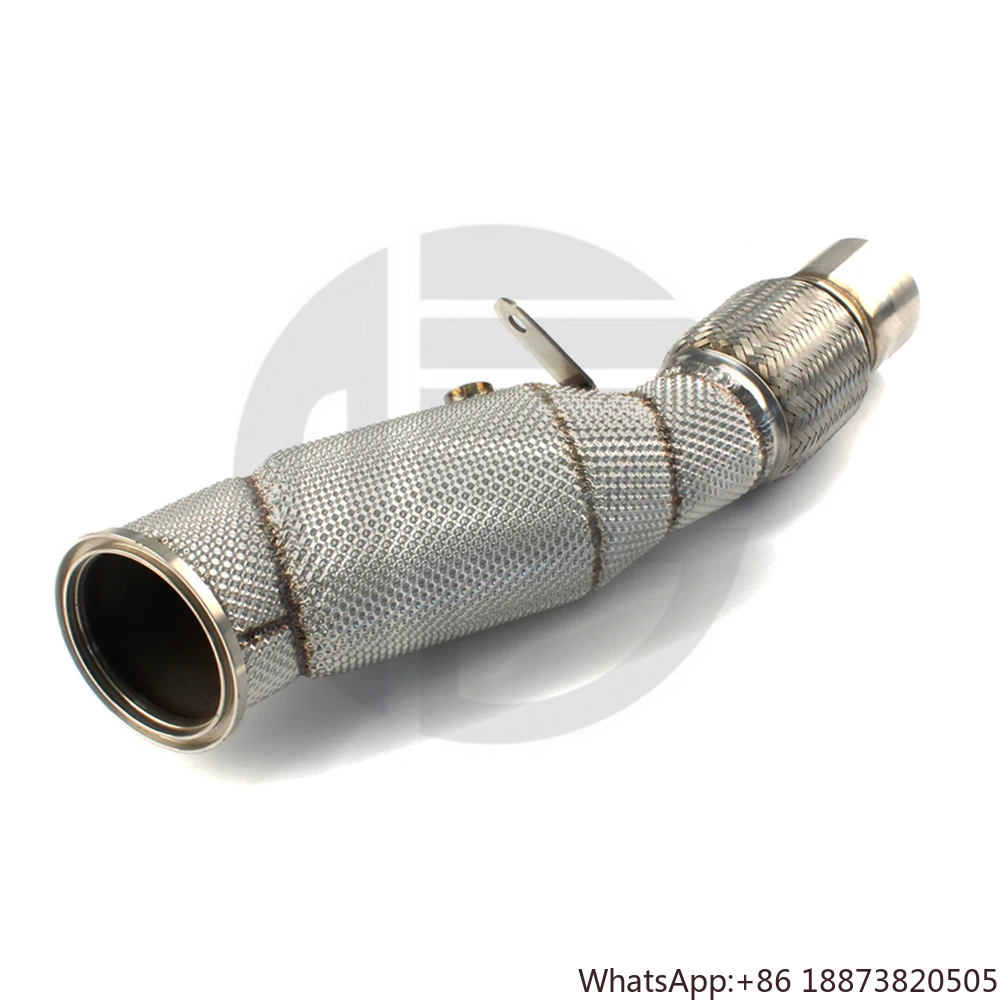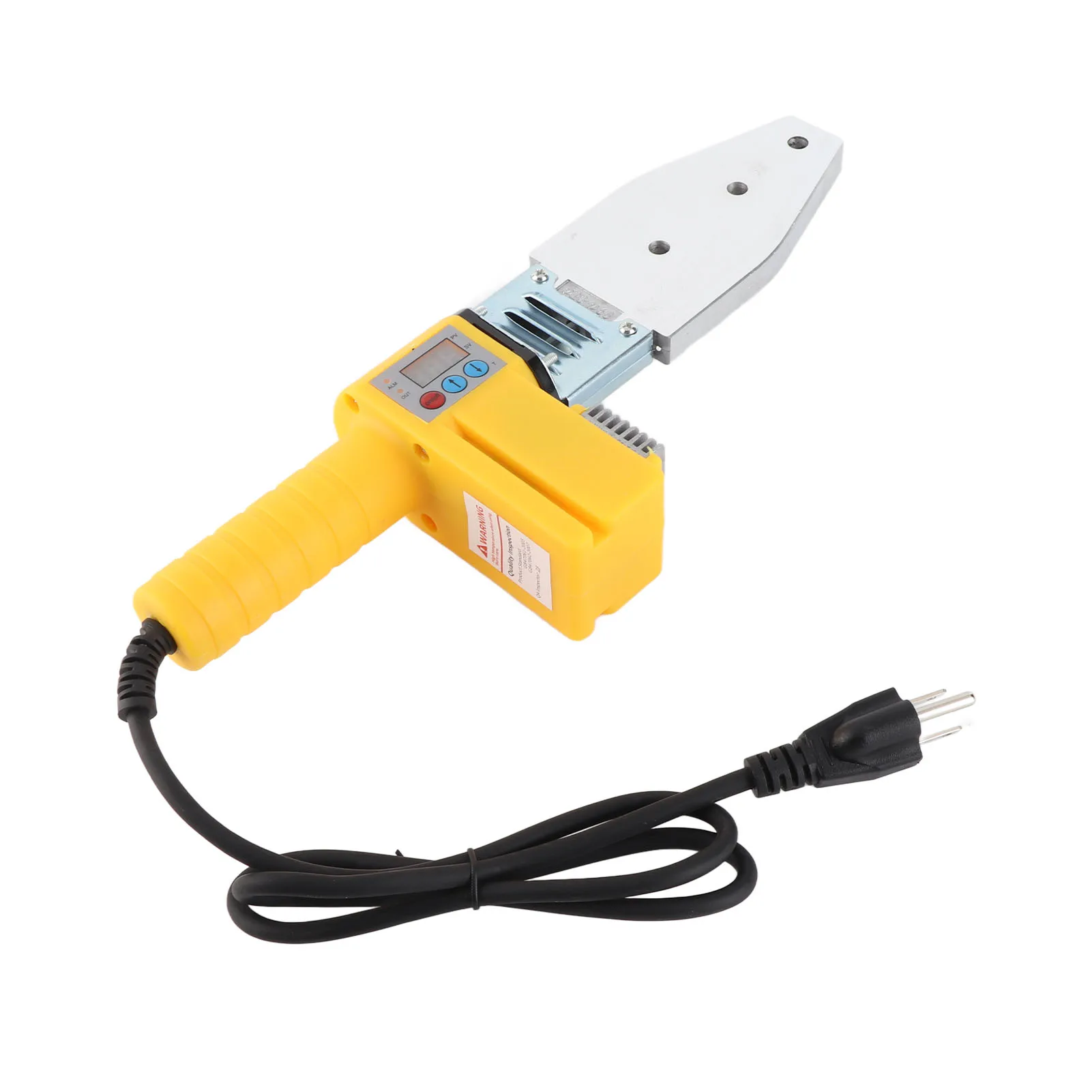Pipe-Heating Cables for Homes: Real-World Risks, Safe Installation, and the Standards Behind Them
Most fires and shocks with freeze-protection cables start with three mistakes: overlap/coil while powered, damaged jackets, and missing ground-fault protection.
On plastic pipes, add aluminum tape to spread heat.
For protection, use RCD/GFCI for people and GFPE (equipment ground-fault protection) for the heat-trace circuit per code.
Follow manufacturer manuals and modern standards (UL 515, IEC/IEEE 62395, NEC 427.22). Frost King+2Appleton+2
1) What a pipe-heating cable actually does (and the common types)
A freeze-protection cable sits against the pipe and releases gentle, controlled heat so water can’t freeze. Two families you’ll meet:
-
Preassembled constant-wattage (“do not cut”): fixed length/output; you install as-is. Overlap is prohibited. Listed to UL 515 for commercial resistance trace heating. Shop UL Standards+1
-
Self-regulating “cut-to-length”: you cut to size and terminate with a kit. Output drops automatically as it warms (polymer matrix). Some models allow incidental overlap if the manufacturer explicitly permits it—always check that manual. Current international requirements are consolidated in IEC/IEEE 62395-1/-2 (2024). Appleton+2IEC Webstore+2
2) Why overlap and powered coils cause overheating (the physics, not folklore)
Constant-wattage cables deliver roughly the same watts per meter.
If the cable crosses itself or stays coiled while powered, the local heat has nowhere to go—especially under insulation—so temperature spikes, the jacket degrades, and leakage or ignition can follow.
Fire services in Korea have repeatedly highlighted winter spikes in heat-cable fires linked to misuse (overheating/overload and installation faults). Frost King+1
Manufacturer guidance is blunt: “Never overwrap/overlap” and don’t energize on the reel. Frost King
3) Plastic (PVC/PEX) pipes need aluminum tape under the cable
Plastics conduct heat far worse than metal, so hot spots are easier to create.
Laying a band of aluminum tape/foil on the pipe before the cable (and taping over it after) spreads heat, stabilizes sensor response, and lowers peak temperatures.
Multiple OEM manuals prescribe this step for plastic piping. Appleton+2Appleton+2
4) Shock & ground-fault protection—GFCI/RCD vs GFPE
-
NEC 427.22 requires ground-fault protection of equipment (GFPE) for electric heat tracing and heating panels (typ. 6–50 mA trip, often 30 mA in practice). This reduces fire/downstream damage when the circuit itself leaks to ground. ICC 디지털 코드+2benderinc.com+2
-
GFCI/RCD (≈5–6 mA for U.S. GFCI; ≈15–30 mA for common RCDs) is primarily people protection at receptacles and wet locations. In homes, pairing a GFCI/RCD-protected outlet with an appropriately set GFPE on the heat-trace circuit gives both shock and equipment protection. (GFPE avoids needless nuisance trips common with standard 5 mA GFCIs on some trace-heating loads.) forums.mikeholt.com
Korea also emphasizes RCD use for wet/ outdoors receptacles in public guidance; the principle is the same—use high-sensitivity leakage protection where people can contact energized parts. 코샤
5) Installation—get these six things right
-
Plan the route so the cable never crosses itself; give valves, elbows, and meters extra attention. (Some OEMs loop around “heat sinks.”) Appleton
-
Clean and dry the pipe so tape and insulation adhere.
-
Sensor placement (if present): fix it at the coldest section; don’t bury it in loose insulation.
-
Wrapping spacing:
-
Metal: spiral at about 3–5 cm (1–2 in).
-
Plastic: 5–10 cm (2–4 in), with aluminum tape beneath and over the cable for heat spread. Appleton
-
-
Insulate & weather-seal: fit foam sleeves; tape seams so water can’t wick inside. Keep combustibles at least ~25 mm away. Appleton
-
Power & protection: outdoor-rated receptacle with cover; test RCD/GFCI and verify GFPE at the breaker/controller where applicable. ICC 디지털 코드
6) Power math you’ll actually use
-
Total watts = (catalog W/m) × (installed m).
Example: 10 W/m × 12 m = 120 W. -
Daily energy (kWh) = W × hours ÷ 1000.
Example: 120 W × 24 h = 2.88 kWh/day (self-regulating models often draw less in mild weather). -
Don’t share a small power strip with other high-watt heaters; keep generous margin on branch-circuit capacity.
7) Standards & codes—what they mean to a homeowner
-
UL 515: safety/performance for electrical resistance trace heating (commercial). If your preassembled kit is listed, its instructions are part of the listing. Shop UL Standards+1
-
IEC/IEEE 62395-1:2024 / -2:2024: consolidated international requirements and application guidance for design, installation, maintenance. (The 2024 editions harmonize with IEEE 515/515.1.) IEC Webstore+1
-
NEC 427.22: mandates GFPE on heat-trace and heat-panel circuits (with limited exceptions). Even if you’re plugging into a receptacle, following the spirit of 427.22 by adding equipment ground-fault protection is smart. ICC 디지털 코드
-
Public safety advisories (KR): winter heat-cable fires rise; agencies urge certified products, no overlap, and proper replacement intervals. NFA+2뉴시스+2
8) Quick comparison—two common cable families
| Feature | Preassembled constant-wattage | Self-regulating (cut-to-length) |
|---|---|---|
| Field cutting | Not allowed (use as supplied) | Allowed with proper end kits |
| Overlap tolerance | Prohibited (overheat risk) | Some models tolerate incidental overlap (check the specific manual) |
| Output behavior | Fixed W/m | W/m drops as the cable warms (polymer matrix) |
| Typical listing/standard | UL 515 (commercial resistance trace heating) | IEC/IEEE 62395; many also evaluated to IEEE/UL frameworks |
| Where it shines | Simple, short runs, straightforward kits | Long/complex runs, variable exposure, easier maintenance |
Sources: UL 515 overview; EasyHeat/Raychem installation manuals; IEC/IEEE 62395 (2024). Intertek+2Appleton+2
9) 15-second Safety Checklist (print this)
-
No overlaps. No powered coils. (Unreel fully before energizing.) Frost King
-
Aluminum tape on plastic pipes, then insulate and seal seams. Appleton
-
Receptacle and cords are dry, outdoor-rated, and protected by RCD/GFCI.
-
Circuit has GFPE per code or an equipment ground-fault device at the controller/breaker. ICC 디지털 코드
-
Keep combustibles ≥25 mm from the heated pipe; retire any cable with nicks, discoloration, or burnt odor. Appleton
FAQ
Q1. Can I trim a constant-wattage kit if the length’s a bit long?
No. Preassembled constant-wattage kits are not cuttable; leave slack along another section without overlap, or buy the correct length. Use a self-regulating cut-to-length product if you must custom-size. Appleton
Q2. Do I really need aluminum tape on plastic pipes?
Yes—manufacturers explicitly recommend it to spread heat and avoid hot spots. It’s a low-cost step with high safety value. Appleton
Q3. Is a normal GFCI outlet enough?
A GFCI/RCD protects people. The heat-trace circuit itself should also have GFPE (equipment ground-fault protection) per NEC 427.22 to protect wiring and connected equipment. Many nuisance-trip issues go away when the correct GFPE device is used upstream. ICC 디지털 코드+1
Q4. Are these fires really that common?
Winter advisories and regional data show seasonal spikes in heat-cable fires tied to misuse (overheating/overlap and damaged insulation). Agencies repeatedly warn to verify certification and follow installation spacing. NFA+1
References (select)
-
Frost King support: “Never overwrap the heat cable” (overheat risk). Frost King
-
EasyHeat manuals: Aluminum tape for plastic pipes, spacing, clearance to combustibles. Appleton+1
-
NEC 427.22 texts and technical explainers (GFPE requirement for heat tracing/heat panels). ICC 디지털 코드+2IAEI Magazine+2
-
UL 515 (scope and role for resistance trace heating). Shop UL Standards+1
-
IEC/IEEE 62395-1:2024 & -2:2024 (requirements and application guide). IEC Webstore+1
-
Korean public advisories on winter heat-cable fires (no overlap, certified products). NFA+2뉴시스+2






